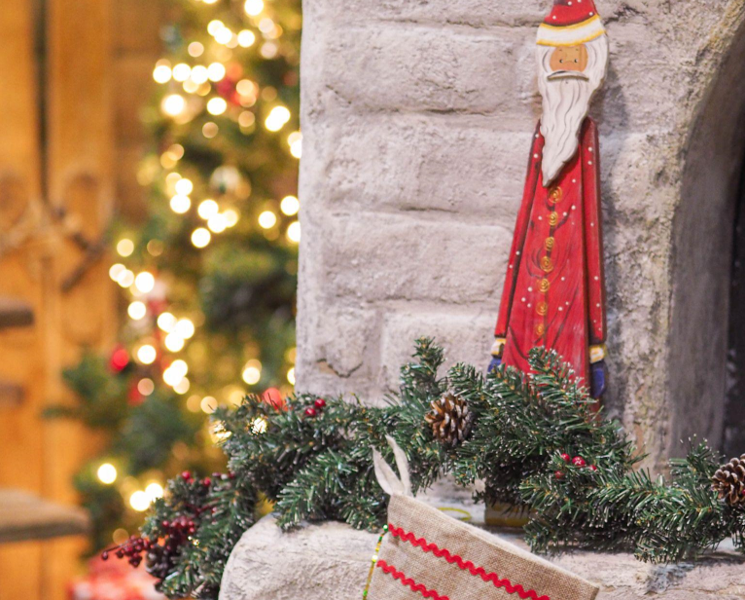The Evolution of Unlit Artificial Christmas Trees: A Brief History

The Birth of Unlit Artificial Christmas Trees
The tradition of bringing a tree into the home during the holiday season dates back centuries. However, it was in the 19th century that the first artificial Christmas trees appeared. The earliest versions were made of goose feathers dyed green and attached to wooden sticks. While they were less cumbersome than real trees, they were also quite fragile and required frequent dusting.
It was in the 1930s that unlit artificial Christmas trees debuted. These trees were made of aluminum, which was a new and revolutionary material at the time. Aluminum was lightweight, durable, and required no watering or maintenance, making it the perfect material for artificial trees.
By the 1950s, unlit artificial Christmas trees began to grow in popularity. They were featured in magazines and department stores and soon became a staple in households nationwide. However, they still had some limitations. Most were silver, which made them an odd choice for those who preferred a traditional green tree. They were also quite expensive, making them a luxury item out of reach for many families.

Advancements in Technology and Manufacturing
As technology and manufacturing processes advanced, unlit artificial Christmas trees became more accessible and affordable. In the 1960s, companies began making trees with PVC needles, which gave them a more realistic look and feel. They could also be mass-produced, which made them more affordable for the average consumer.
In the 1980s and 1990s, pre-lit artificial Christmas trees were introduced. These trees had lights built into the branches, eliminating the need for tangled wires and replacing burnt-out bulbs. They also had more realistic-looking needles and components, almost indistinguishable from real trees.
Today, unlit artificial Christmas trees come in various styles, colors, and sizes. They can be pre-lit, flocked with snow, or even made to look like a real tree with individual branches that need to be attached. There are also eco-friendly options created from recycled materials.
These trees have many advantages over real trees. They don’t shed needles, meaning less mess to clean up. They can be used year after year, saving money and reducing waste.
While some may argue that artificial trees lack the scent and ambiance of a real tree, others appreciate the convenience and versatility of these unlit artificial Christmas trees. They can be decorated to suit any style and used in homes, businesses, and public spaces.
In conclusion, unlit artificial Christmas trees have come a long way since their humble beginnings in the 1930s. They have evolved to become a durable and affordable option for those who prefer the convenience and flexibility of an artificial tree. So, this holiday season, whether you choose a natural or artificial tree, may it bring warmth, joy, and cheer to your home!
Archives
- April 2025
- March 2025
- February 2025
- January 2025
- December 2024
- November 2024
- October 2024
- September 2024
- August 2024
- July 2024
- June 2024
- May 2024
- April 2024
- March 2024
- February 2024
- January 2024
- December 2023
- November 2023
- October 2023
- September 2023
- August 2023
- July 2023
- June 2023
- May 2023
- April 2023
- March 2023
- February 2023
- January 2023
- November 2022
- October 2022
- September 2022
- August 2022
- July 2022
- June 2022
- May 2022